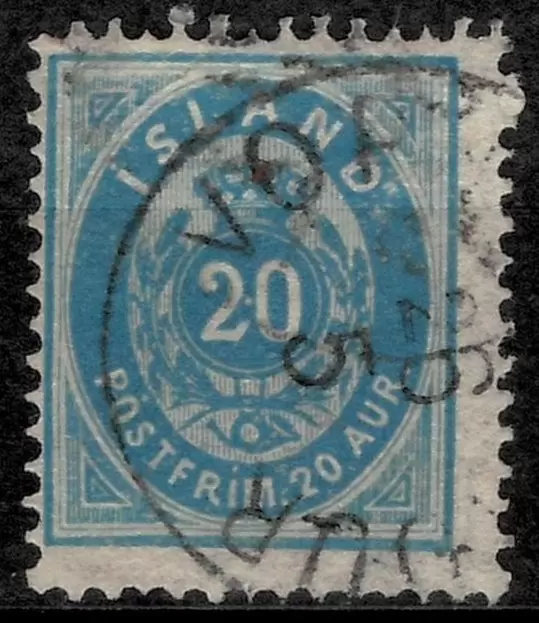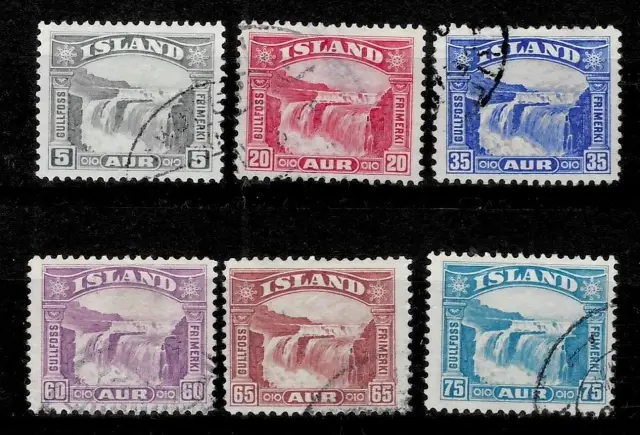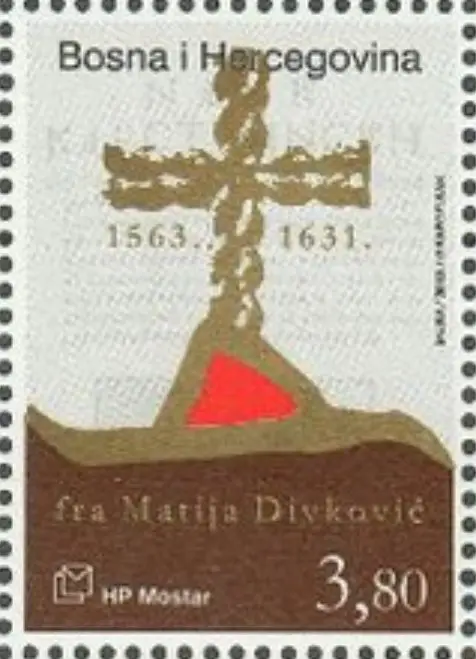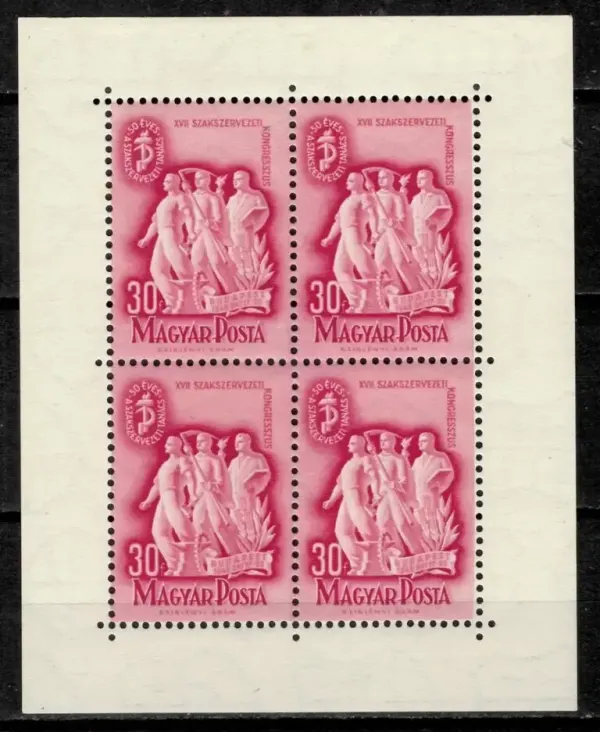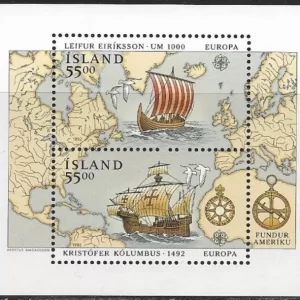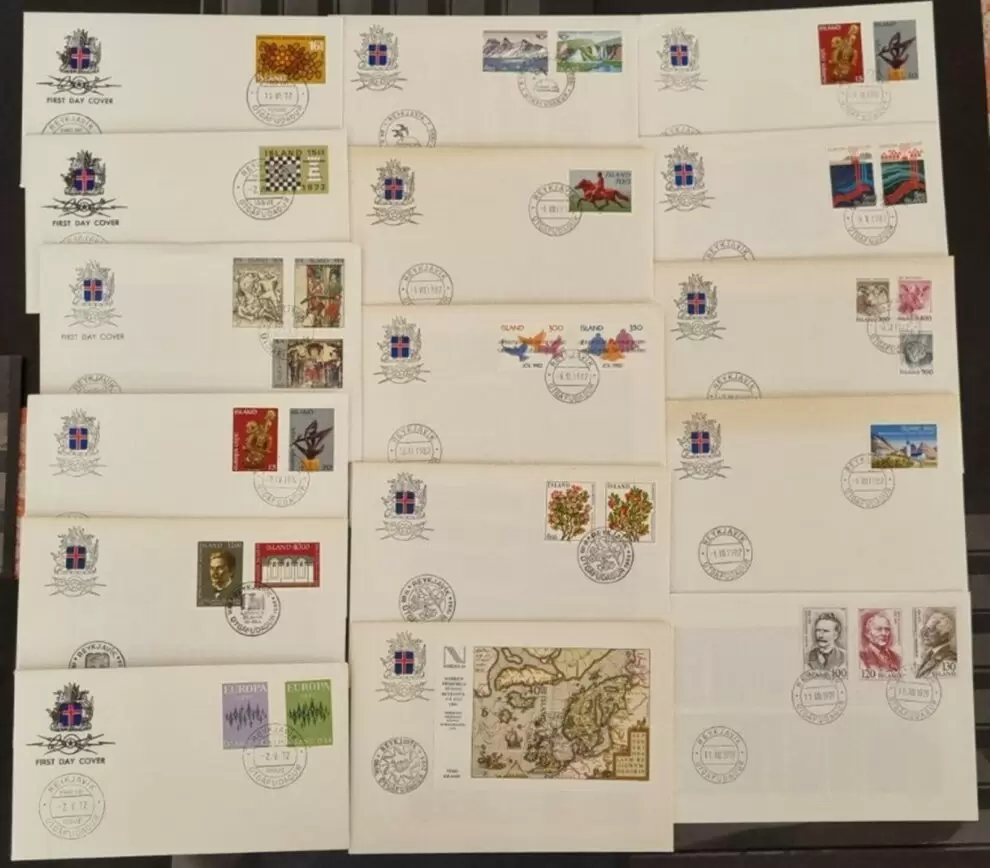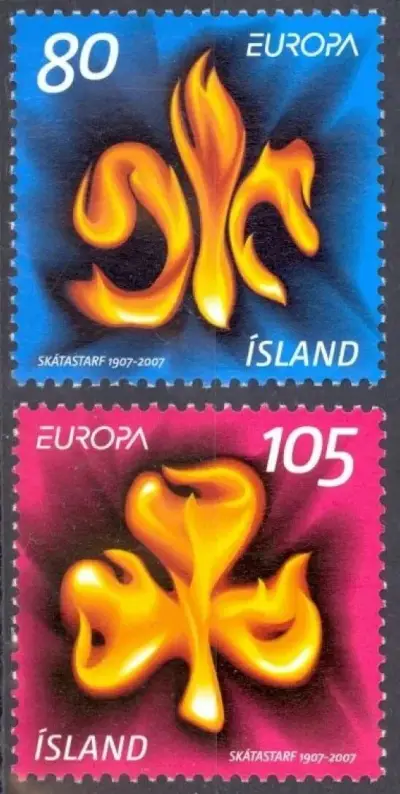Iceland stamp year 1952 The Building of the Althing
The Althing, or Alþingi in Icelandic, is one of the oldest parliaments in the world, with a rich history dating back to the early medieval period. Here’s an overview of the building of the Althing:
Historical Background
Establishment:
- The Althing was established in 930 AD at Þingvellir, a site located about 45 kilometers east of what is now Reykjavik.
- Þingvellir, meaning “Parliament Plains,” was chosen due to its central location and accessibility for the early settlers from different parts of Iceland.
Function:
- The Althing served as a general assembly of Icelandic chieftains (goðar) and was a venue for legislative and judicial functions.
- It was a place where laws were made and disputes were settled. The lawspeaker (lögsögumaður) presided over the assembly and recited the laws from memory.
- The assembly met annually in the summer and lasted for about two weeks.
Structure and Proceedings
Law Council (Lögrétta):
- The Lögrétta was the legislative body of the Althing, composed of the chieftains and their advisors.
- They discussed and decided on new laws and amendments.
Courts:
- Various courts were held at the Althing to resolve disputes. These included the Quarter Courts (Fjórðungsdómar) and the Fifth Court (Fimmtardómur), which dealt with more serious cases.
Allsherjargoði:
- The Allsherjargoði was a high priest and the chief chieftain who held a ceremonial role, especially in calling the assembly to order.
Significance
Cultural and Social Role:
- The Althing was not only a political institution but also a social and cultural event where people from all over Iceland gathered.
- It was an opportunity for trade, marriage arrangements, feasts, and the sharing of news and stories.
- In the year 1000, the Althing played a crucial role in the Christianization of Iceland. It was decided at the assembly that Iceland would officially adopt Christianity.
Evolution
Decline and Changes:
- In the 13th century, Iceland lost its independence to Norway, and later to Denmark, leading to changes in the Althing’s role and significance.
- By the 19th century, the Althing was reconstituted as a consultative assembly under Danish rule.
- In 1845, the Althing was restored as a legislative body. It initially met in Reykjavik Cathedral before moving to its current location.
- Today, the Althing operates as a modern parliament in the Alþingishúsið, the parliament house in Reykjavik.
Alþingishúsið:
- Built in 1881, Alþingishúsið is a classical building made of hewn Icelandic stone.
- It houses the parliamentary sessions and has been expanded to include adjacent buildings to accommodate the growing needs of the parliament.
The Althing remains a symbol of Icelandic identity and democracy, reflecting a continuous tradition of governance that has adapted over centuries while maintaining its historical roots.
4o


